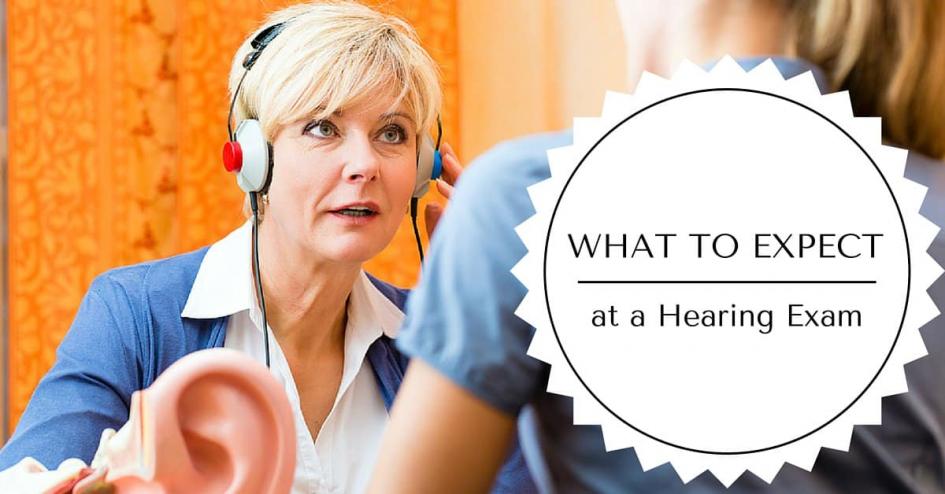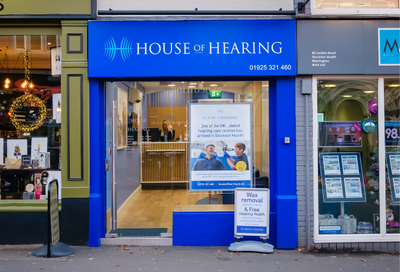
What to Expect at a Hearing Exam
Jul 17, 2016
What to Expect at a Hearing Exam
Hearing loss is a common problem, especially in older age. If you’re not hearing as clearly as you used to, or you’re experiencing tinnitus (ringing or buzzing in the ears), it’s a good idea to get a hearing test done. It’s normal to be nervous about taking a test, so it can help to know what to expect. While your GP can check your ears and perform a quick screening test, they cannot provide a full diagnosis. A full hearing test can only be performed by an audiologist. You can arrange a one-to-one appointment with one of our audiologists at any House of Hearing centre. We also offer home appointments if you are unable to attend one of our centres. The full hearing test lasts around an hour, and will use a few different methods to check both of your ears. Your audiologist will decide what methods are best for you, and all of the tests are non-invasive and completely painless. After the tests, your audiologist will discuss your results with you, and explain what kind of treatments might be most useful.Ear examination
The audiologist will first examine your ears using an instrument called an auriscope. This is a small handheld torch with a magnifying glass, which is used to check the condition of your eardrum and the passageway that leads to it from the middle ear. This will also show if there is any build-up of wax, discharge, or any foreign bodies in your ear.Pure Tone Audiometry (PTA)
PTA is the main test used to identify the degree and type of hearing loss you have. It checks the response of both ears across a sound frequency. You will wear a pair of headphones and listen to tones of different pitches and volumes. When you hear a tone, you simply press a button.Speech perception and Whispered voice test
These are used to test your ability to hear words without any visual clues. Words will be played through headphones, read out or whispered by your audiologist. You then repeat the word you hear.Tympanometry
This tests the health of your eardrum (tympanic membrane). Eardrums should let sound pass into the middle ear via the Eustachian tube – if sound is not passing correctly, your hearing may be affected. During the test, you will wear a small plastic bung inside your ear, and a machine will gently change the pressure in your ear canal. The machine will measure the movement of your eardrum and detect any build-up of fluid behind it. A range of other tests can be used to determine exactly what type and degree of hearing loss you have and where it is located. Some tests may involve placing sensors on your head and neck to test your nerve response to sound.Results
Your audiologist will discuss the results of the tests with you, and show you a graph called an audiogram. The audiogram will show the different frequencies and volumes of sound that you are able to hear. It will help determine the kind of hearing loss you have, and show a comparison between your two ears. Your audiologist will then be able to suggest treatments that can help with your specific kind of hearing loss. You may be able to try on different hearing aids, which can immediately correct the hearing loss you are experiencing. To book a hearing test, or for any more information about hearing loss and different treatments, give House of Hearing a call on 0131 220 1220.House of Hearing offers hearing care at four centres in Edinburgh, Galashiels, Perth, and St Andrews. Call us on 0131 220 1220 for more information.
Our Clinics
All House of Hearing clinics are in town centre locations and accessible to public transport and parking. Home visits also available if mobility is an issue.


.png)
.png)
.png)

.png)
